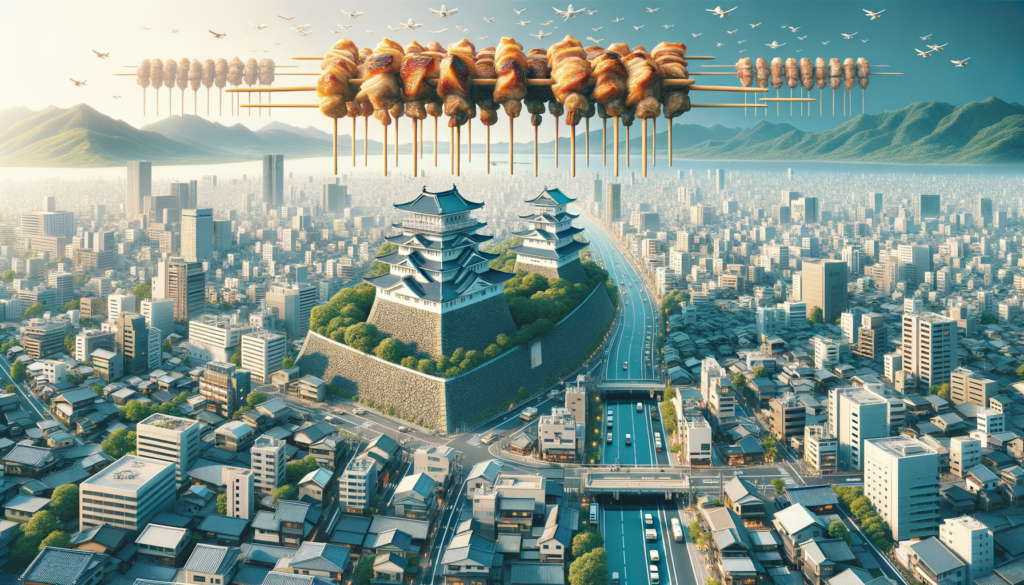
埼玉県東松山市

東松山市は埼玉県中央部に位置し、1954年に市制施行された都市である。東京のベッドタウンとして機能し、東武東上線を利用すれば池袋まで44分でアクセス可能。昼夜間人口比率が高く、周辺市町からの通勤・通学流入が多い中核都市。歴史的には交通の要衝として発展し、松山城や松山陣屋の歴史を持つ。国際ウォーキング大会や「日本三大焼き鳥の街」としても知られる。気候は太平洋式で夏は暑く、冬は冷え込みが厳しい。市域は65.33平方キロメートルで、人口は約89,891人。市内には住宅地や市街地が広がり、自然との調和を重視した開発が進んでいる。水害リスク低減のためのインフラ整備も進行中。歴史、自然、都市機能が融合した魅力的な都市であり、今後の発展が期待されている。
Higashimatsuyama City is located in the central part of Saitama Prefecture and became a city in 1954. It functions as a bedroom community for Tokyo, with easy access to Ikebukuro in just 44 minutes via the Tobu Tojo Line. It has a high population ratio during both day and night, with many commuters and students coming in from surrounding towns and cities, making it a key urban center. Historically, it has developed as a vital transportation hub and is home to landmarks such as Matsuyama Castle and Matsuyama Jinya. It is also known for hosting international walking events and being one of Japan's three major yakitori (grilled chicken skewers) cities. The climate is Pacific-style, with hot summers and harsh winters. The city covers an area of 65.33 square kilometers with a population of approximately 89,891 people. Residential and urban areas spread throughout the city, with a focus on harmonious development with nature. Infrastructure improvements are underway to reduce the risk of water-related disasters. Higashimatsuyama City is a charming blend of history, nature, and urban functionality, with great expectations for future development.
东松山市位于埼玉县中部,是于1954年实施市制的城市。作为东京的卧城,利用东武东上线可在44分钟内抵达池袋。白天和夜晚人口比例较高,是周边市镇通勤和通学的核心城市。历史上作为交通要冲而发展,拥有松山城和松山陣屋的历史。同时也以国际健行大会和“日本三大烤鸟之城”而闻名。气候属于太平洋型,夏季炎热,冬季寒冷。市域面积为65.33平方公里,人口约为89,891人。市内住宅区和市区广泛分布,注重与自然的和谐发展。为降低水灾风险,基础设施建设正在进行中。这座城市融合了历史、自然和城市功能,具有迷人的魅力,未来的发展前景令人期待。
※これらのコラムは弊社作成の情報を元に生成 AI により作成、翻訳されたものです
